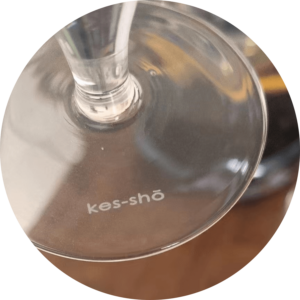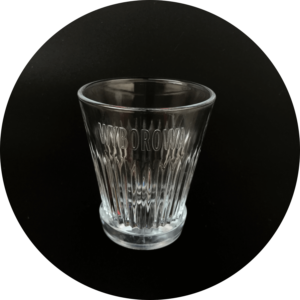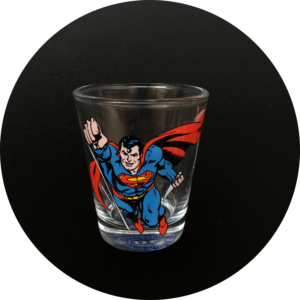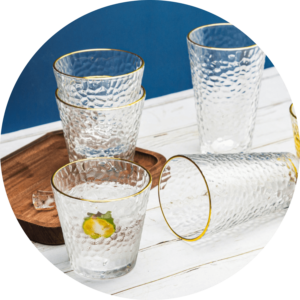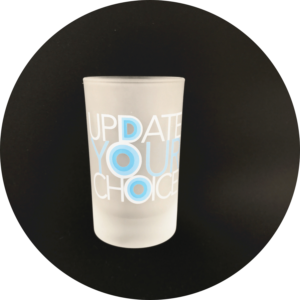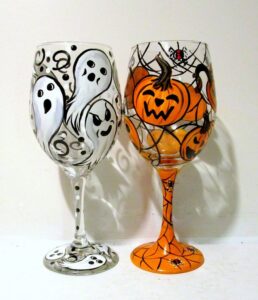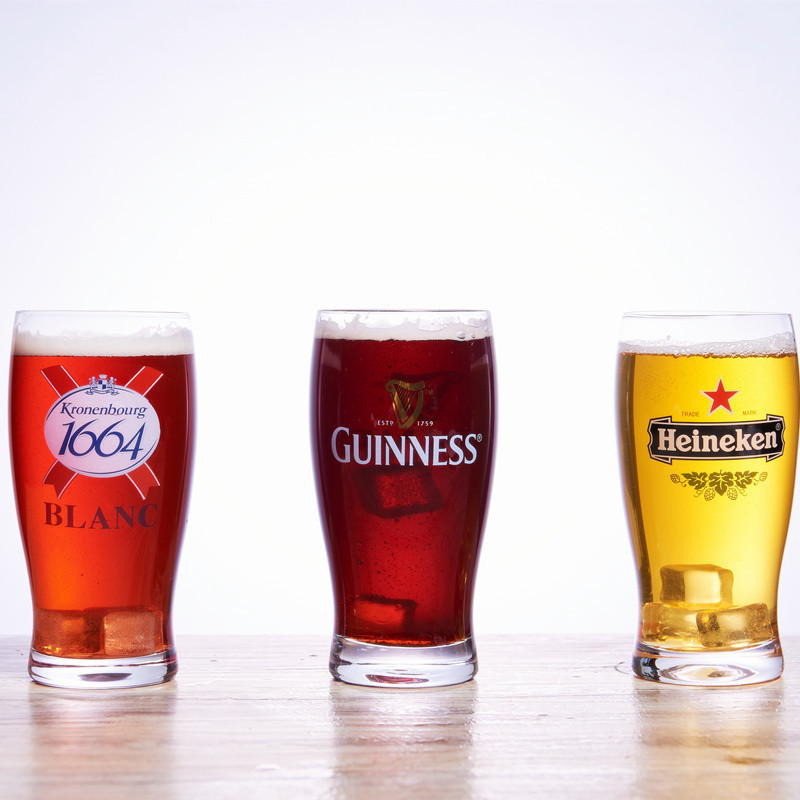Introduction Of Customized Glasswares
Why Customized Glassware is a Must-Have
Customized glassware is more than just a trend; it’s a statement of elegance, personality, and creativity. With this techniques, we could produce customized shot glasses, customized beer glasses, customized drinking glasses, customized rock glasses, etc. This article delves into the world of custom glassware, exploring why it’s an essential addition to any collection. Whether for personal use or as a thoughtful gift, bespoken glassware brings a touch of sophistication that’s unparalleled.
What Makes Customized Glassware Unique
Customized glassware is an art form that stands out for its elegance and uniqueness. Let’s explore what sets it apart.
The Art of Craftsmanship
Each piece of bespoke glassware is handcrafted by skilled artisans, ensuring a level of detail that machines can’t replicate.
Customization at Its Finest
Bespoke glassware offers limitless customization, reflecting the personality and taste of the owner.
Quality Materials
Made with the highest caliber materials, bespoke glassware is not only beautiful but also built to last.
Time-Honored Techniques
Traditional techniques passed down through generations add depth and history to each piece.
Sustainability and Ethical Practices
Many artisans prioritize eco-friendly materials and practices, aligning with the values of conscious consumers.
A Personal Connection
The connection between the artisan and the owner adds an emotional dimension, transforming the glassware into a cherished possession.
The Process of Customizing Glasswares
Step 1: From Concept to Creation
Customizing glassware is a journey filled with creativity and precision. It’s not just about creating a product; it’s about bringing a vision to life. Here’s how the process unfolds:
Presenting Your Requirements
This step is to tell what you need. It’s all about listening, understanding, and envisioning the final glass cup.
Designing
Once the requirements are clear, the design phase begins. This is where ideas take shape, and creativity flows. Sketches are drawn, and concepts are developed, all with the client’s vision in mind.
source:lida
Prototyping
Before the actual production, a prototype is created. This tangible model allows both the client and the manufacturer to see and feel the product. It’s a crucial step to ensure everything is just right.
Step 2: Choosing the Right Technique
This step is to decide the right technique between machine-made or handmade production. Your could learn more clear via:
How to distinguish between hand-blown glassware and machine-made glassware?
Once the design has been approved, we move to the next critical phase – deciding on the right production technique. The decision between machine-made and handmade production is crucial, as it impacts the final look, feel, and cost of your personalized glassware.
We’ll discuss both options with you, considering factors such as your design, the intended use of the glassware, your timeline, and budget. Our team will provide expert advice, explaining the advantages of each method in relation to your specific needs. The goal is to ensure that the production technique aligns with your vision for the product, your brand identity, and the expectations of your target audience.
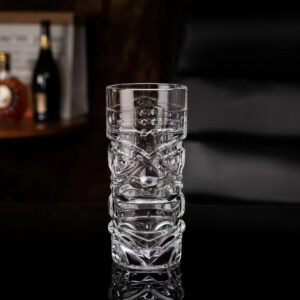
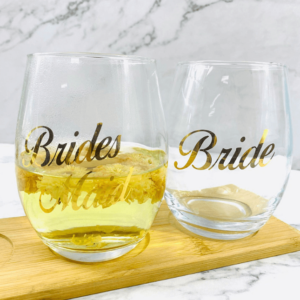
Machine Pressed Glass Machine Blown Glass Hand Blown Glass
Step 3: Starting the Molding
The molding process is where the bespoke glassware begins to take physical shape. It’s a critical phase that requires precision, skill, and artistry. Before the molding begins, the design must be thoroughly understood. Every curve, every angle, every detail is analyzed to ensure that the mold will accurately represent the final product.
The mold is crafted with meticulous care, often by hand, to capture the essence of the design. It’s a delicate process that requires a steady hand and an eye for detail. The choice of materials for the mold, the techniques used, and the craftsmanship all play a vital role in ensuring the mold is perfect. The mold is crafted with meticulous care, often by hand, to capture the essence of the design. It’s a delicate process that requires a steady hand and an eye for detail. The choice of materials for the mold, the techniques used, and the craftsmanship all play a vital role in ensuring the mold is perfect. The molding process doesn’t end with the first casting. It’s followed by refinement, where any imperfections are addressed, and the design is fine-tuned. Once everything is in place, the final mold is approved, setting the stage for mass production.
source:lida
Step 4: Customizing the Packaging
A well-thought-out packaging design does more than just protect the glassware during transportation. It’s a marketing tool that can boost your brand image and create memorable experiences for your customers. In many cases, the packaging is the first physical interaction your customers will have with your brand. Hence, it’s an opportunity to make a positive impression and reinforce your brand identity.
source:lida
Step 5: Going On Mass Productions For Glasswares
Before mass production begins, everything must be in place. The final mold is ready, the materials are selected, and the production line is set up. It’s a time of anticipation, where meticulous planning ensures a smooth process. The production line comes alive as the glassware is crafted piece by piece. Each item is a reflection of the original design, brought to life by skilled artisans and state-of-the-art machinery. It’s a harmonious blend of tradition and technology, where quality is paramount.
Throughout the production process, the inspection team supervises every step, ensuring that each piece meets our high standards. From the beginning to the end, quality control is an integral part of the whole process.
Once the glassware is crafted to perfection, it’s time for packaging. Normally there are two different ways. Some clients require very simple packings. That’s better to prepare all packing materials before production. When glasswares are finished, the workers can pack them directly at the end of funance. It’s quite a better way to save labor cost as well as reducing the breakage. On the other hand, if clients need much more special or complex packing way, the workers will put all glasses on the pallet with paper tray and plastic film to keep them safe and clean. After that, a working team are really to pack according to full details.
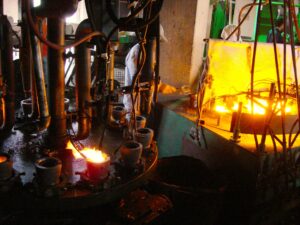
source:lida
Step 6: Selecting Logo Application Options For Glasswares
Most of the time, clients also need their logos/brands on the glasses. Once all clear glass cups are ready on the pallet, it’s the time to make logos.
At Lida Glassware, we offer a range of options and techniques to create the perfect customized pieces.
A. Engraving Techniques/Custom Glass Etching
Etching on drinking glasses is a timeless art form that combines elegance, craftsmanship, and creativity. It’s a method that transforms ordinary glass into extraordinary masterpieces, adding character, beauty, and personal touch. Let’s explore the enchanting world of etched glasswares, delving into its techniques, applications, and the sheer magic it brings to our daily lives.Different methods offer distinct looks and feels:
- Laser Engraving: Offers precision for intricate designs.
- Sandblasting: Ideal for bold and textured finishes.
source:lida
B. Mould Embossing
You can customize each glass with your business logo engraved in moulds. The logo will be prominently displayed on the glass, making it visible while in use. This step is at the beginning while designing.
source:lida
C. Logo Decal
Decal applications on drinking glass represent a delightful intersection of art and functionality. This technique allows for the creation of stunning visuals on glassware, transforming ordinary items into extraordinary pieces. Let’s explore the world of decal applications on drinking glass, uncovering the techniques, possibilities, and the sheer beauty it brings to our daily lives.
source:lida
source:lida
D. Gold Edging
This decorations are made by hand at the beginning, and now totally by machines. It can increase the productivity and accordance. It makes glasses luxury and be welcomed.
source:lida
E. Frosted/Acid
It is one processing on the glass surfaces. It uses acid to etch on the surface. It’s kind of un-transparent. On it, you can choose other processing ways to make it special.
source:lida
F. Color Painting
For soda-lime glasswares, the normal material is clear. To make colored glasses, color painting is a good option. With food safe paints, you can have any colors on the Pantone. Also, mixed colors are also workable on one item.
source:lida
G. Screen Printing
Screen printing on drinking glass is a specialized form of printing that involves applying ink through a mesh screen to create designs on glass surfaces. From promotional glassware bearing company logos to personalized gifts adorned with intricate patterns, screen printing on drinking glass offers endless opportunities for customization and creativity.
source: pinterest
H. Digital Printing
Digital printing on drinking glass is a contemporary method that involves using digital technology to print designs directly onto the surface of the glass. Unlike traditional methods, digital printing offers high-resolution images, quick turnaround times, and the ability to print complex designs with ease. It’s a method that has been embraced by businesses, artists, and enthusiasts for its versatility and efficiency.
source: pinterest
I. Hand Painting
Hand painting on drinking glasses is the art of applying specialized paints to glass surfaces to create unique and customized designs. It’s a method that has been cherished by artists, hobbyists, and gift-givers alike for its ability to produce one-of-a-kind pieces that resonate with individuality and charm.
source: pinterest
Step 7: Inspection
Inspection is the most important step. It guarantees all glasses are meeting the quality requirements. Blows are instructions you must know.
source:lida
Initial Inspection
The quality assurance process begins at the earliest stages of production. As the raw materials arrive, our quality control specialists inspect them thoroughly to confirm that they meet the required standards for purity, color, and consistency. This initial inspection ensures that our production process starts on the right foot, with the best possible materials.
In-Process Quality Control
As the glassware moves through the various stages of production, it undergoes continuous checks to ensure consistency and quality. Our experts monitor every phase of the manufacturing process, from the initial glass forming to the finishing details, and conduct routine checks for defects, inconsistencies, or deviations from the approved design.
Finishing Quality Checks
Once the glassware has been formed, it moves onto the finishing phase. Here, our quality control team checks each piece for imperfections in the glass surface, irregularities in the shape, and accuracy of the design details such as logos or other brand markings. If the glassware is hand-blown, they will also ensure that the unique characteristics of handmade glassware are evident, providing the aesthetic appeal that distinguishes hand-blown glass from machine-made.
Final Inspection
After the finishing quality checks, we conduct a final inspection. In this stage, our quality assurance team performs a comprehensive review of each piece of glassware. They confirm that the design is accurate, the glass is flawless, and the product as a whole meets our strict quality standards. Only after passing this final inspection does the glassware get approved for packaging and delivery.
Packaging and Delivery Checks
Before the glassware is packed for delivery, we conduct another round of checks. Our team ensures that each piece is packed securely to prevent damage during transportation. The packing material and boxes are also checked for quality, ensuring they are strong enough to protect the products during shipping.
At Lida Glassware, we believe that our rigorous Quality Assurance process is crucial to delivering superior glassware. It allows us to maintain consistent high quality, prevent errors, and meet our clients’ exact specifications. We understand that quality is paramount to our clients, and we are committed to delivering glassware that represents the high standards that both we and our clients uphold.
Step 8: Delivery and Aftercare
From the moment your personalized glassware leaves our factory, our dedication to delivering exceptional service remains. Our meticulous delivery and aftercare processes aim to ensure your satisfaction at every step. Here’s how we ensure the safe arrival of your glassware and continue to support you even after your order has been received.
source:lida
Conclusion
At Lida Glassware, we are the conductors of this symphony, orchestrating each phase with passion and precision. We believe in collaboration, understanding your vision, and turning it into a tangible reality. Our approach to customization is not just about creating glassware; it’s about crafting memories, building connections, and celebrating individuality.
Whether it’s a unique piece for your brand or a special gift for a loved one, Lida Glassware is here to make it happen. We invite you to explore our offerings and experience the excellence that sets us apart. Join us in the world of bespoke glassware, where creativity knows no bounds, and quality is a promise.
With Lida Glassware, your vision is our masterpiece.
Related Research
How Many Types Of Custom Printing On Drinking Glasses Are There?
How To Produce Colored Glasswares In Large Quantity?
Customize Your Event with Elegant Shot Glasses
How Do Customized Glasswares Reflecting Personal Style and Brand Identity?
Elevating Your Brand with Personalized Glassware
Embracing the Trend of Customized Glassware: The Art of Personalization with Lida Glassware







